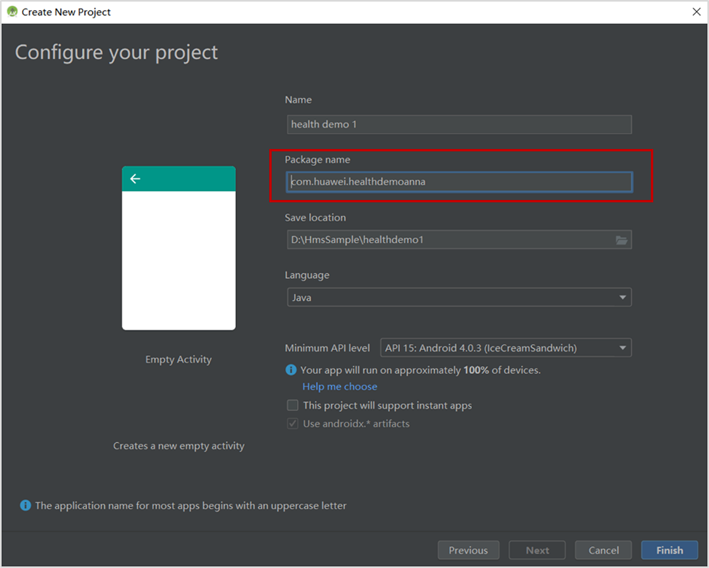

These settings are taken from adle while making a build with gradle but for the purpose of sanity, its better to change in both of the files above. To change these two values, you need to edit While version code is used by Play Store to manage your APK, version name is used by Play Store to notify user that an update to your app is available. Which is the version number of your application and visible in Google Play Store. If your first version of the application has a version code of 5, then the second version must have a version code which is more than 5.Īlong with version code, you might need to update the version name also. So the point is everytime, you make a build or release-apk, you must have a different number or more specifically incremental number. The same build can not be uploaded twice. This is a number which Google Playstore recognises and does not allow to upload another APK having the same value. Incase the builds break, you know where to find. Just keep in mind, that we have changed the package names and that should reflect in the actual package. But somehow it does not work! Rather it breaks the build. package com.m圜omp.MyApp Īt this point it should be required to make the physical changes to the Java files in the proper package. package com.ReactNativeApp Ĭhange it to your desired package name. The first two Java files have the package name as something like below. android/app/src/main/AndroidManifest.xml ( optional as per my experience ).android/app/src/main/java/com/reactNativeSampleApp/MainApplication.java.android/app/src/main/java/com/reactNativeSampleApp/MainActivity.java.To change this, you have to edit four files. This should say something like com.myapp or or something similar. This is shown in the Play Store and the details in About App of your Android device.

To change this name, you have to change it in strings.xml.įull path is android/app/src/main/res/values/strings.xmlĪnd the entry is My Android App Package name This is the name thats visible in users screen.

Then the option remains to hack things in the end. react-native init MyAwesome -package ""īut however if at all you have initialised the app as react-native init RnApp Generate a react native app with a proper package name with the command below. There is a way to fix this from the beginning. Same goes for package name, which is visible in Google Play Store and as well in the App details of the Android phone.īefore we move forward and change things in the final version of the app. Suppose you start developing by initialising to a generic App Name and at the time of release one need to change to the actual App Name. There are things one may need to change in the release build for Android.


 0 kommentar(er)
0 kommentar(er)
